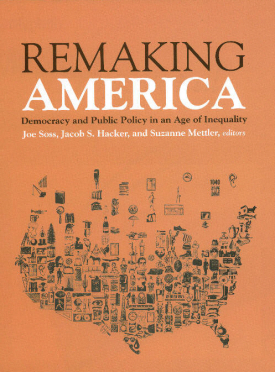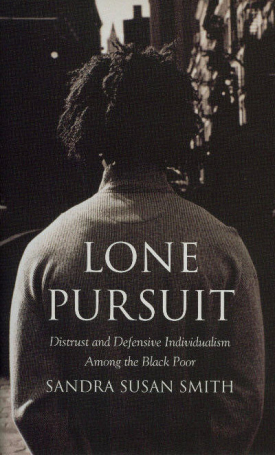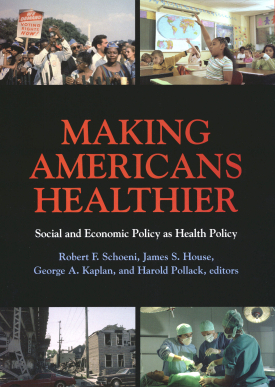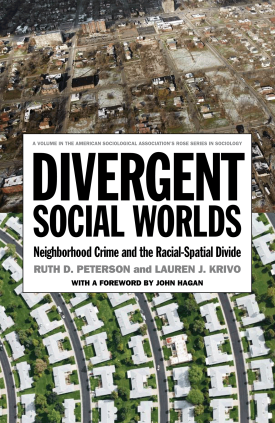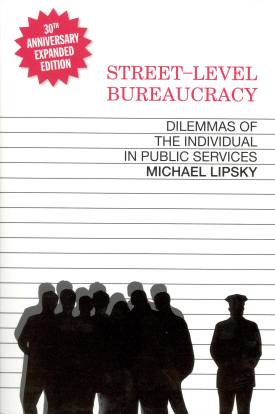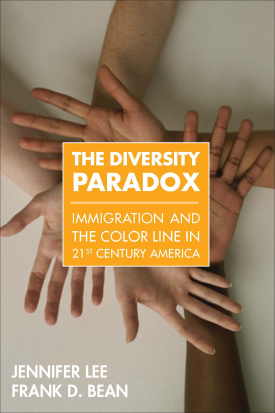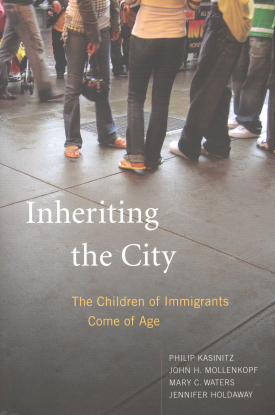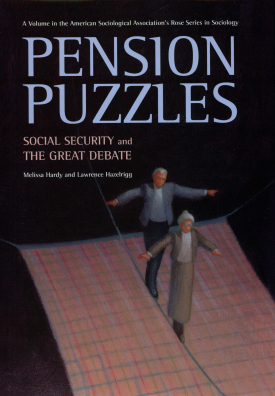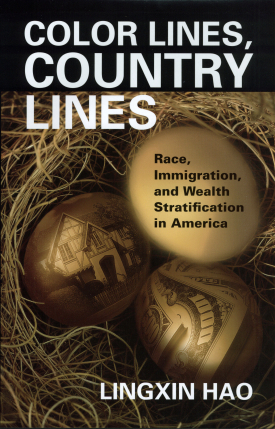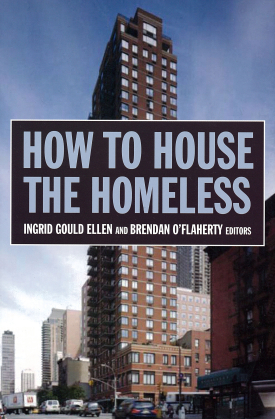
How to House the Homeless
About This Book
How to House the Homeless, editors Ingrid Gould Ellen and Brendan O’Flaherty propose that the answers entail rethinking how housing markets operate and developing more efficient interventions in existing service programs. The book critically reassesses where we are now, analyzes the most promising policies and programs going forward, and offers a new agenda for future research.
How to House the Homeless makes clear the inextricable link between homelessness and housing policy. Contributor Jill Khadduri reviews the current residential services system and housing subsidy programs. For the chronically homeless, she argues, a combination of assisted housing approaches can reach the greatest number of people and, specifically, an expanded Housing Choice Voucher system structured by location, income, and housing type can more efficiently reach people at-risk of becoming homeless and reduce time spent homeless. Robert Rosenheck examines the options available to homeless people with mental health problems and reviews the cost-effectiveness of five service models: system integration, supported housing, clinical case management, benefits outreach, and supported employment. He finds that only programs that subsidize housing make a noticeable dent in homelessness, and that no one program shows significant benefits in multiple domains of life.
Contributor Sam Tsemberis assesses the development and cost-effectiveness of the Housing First program, which serves mentally ill homeless people in more than four hundred cities. He asserts that the program’s high housing retention rate and general effectiveness make it a viable candidate for replication across the country. Steven Raphael makes the case for a strong link between homelessness and local housing market regulations—which affect housing affordability—and shows that the problem is more prevalent in markets with stricter zoning laws. Finally, Brendan O’Flaherty bridges the theoretical gap between the worlds of public health and housing research, evaluating the pros and cons of subsidized housing programs and the economics at work in the rental housing market and home ownership. Ultimately, he suggests, the most viable strategies will serve as safety nets—“social insurance”—to reach people who are homeless now and to prevent homelessness in the future.
It is crucial that the links between effective policy and the whole cycle of homelessness—life conditions, service systems, and housing markets—be made clear now. With a keen eye on the big picture of housing policy, How to House the Homeless shows what works and what doesn’t in reducing the numbers of homeless and reaching those most at risk.
INGRID GOULD ELLEN is professor of public policy and urban planning at the New York University Robert F. Wagner Graduate School of Public Service.
BRENDAN O’FLAHERTY is professor of economics at Columbia University.
CONTRIBUTORS: Ingrid Gould Ellen, Jill Khadduri, Brendan O’Flaherty, Edgar O. Olsen, Stephen Raphael, Robert Rosenheck, Sam Tsemberis

